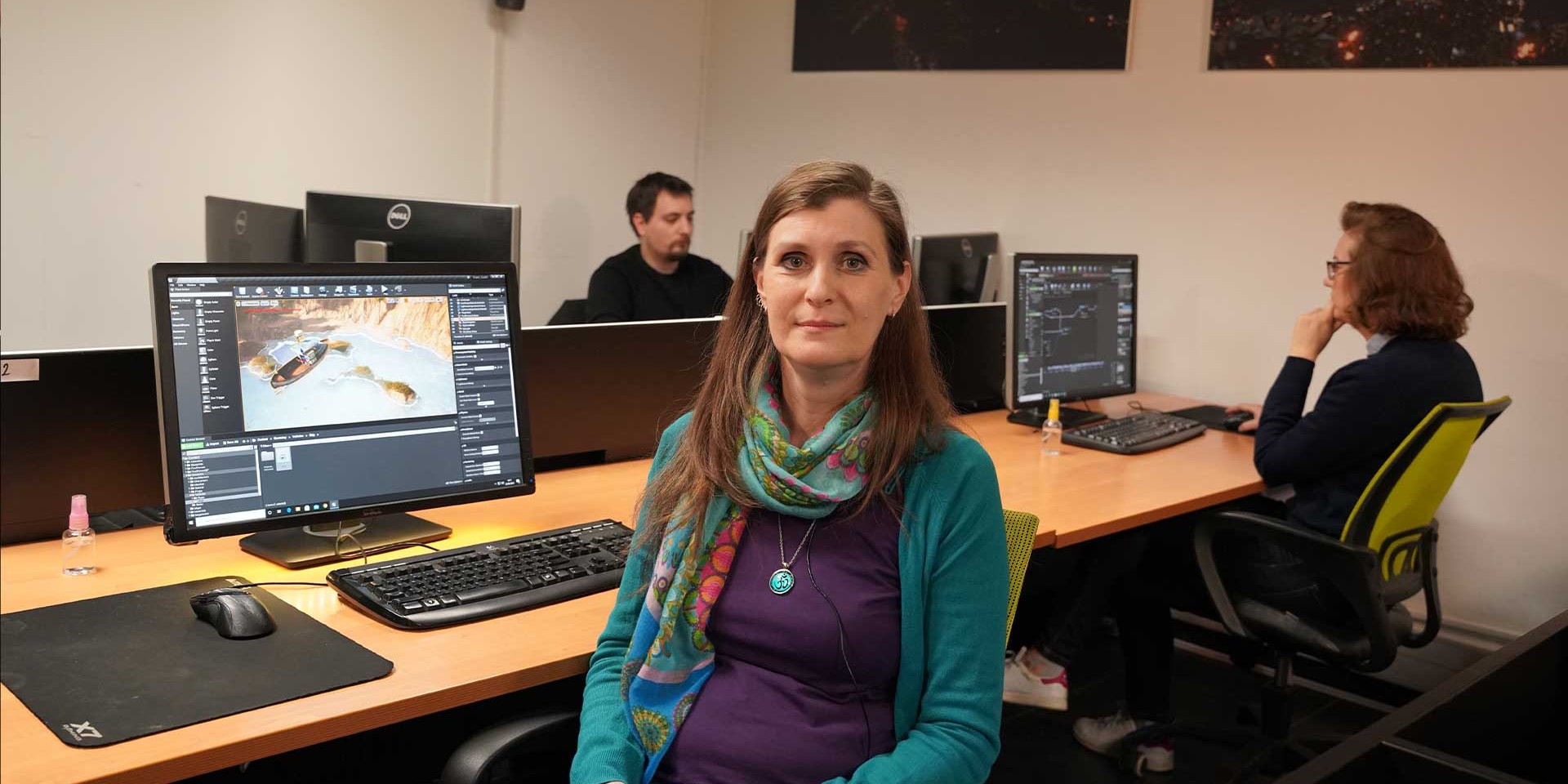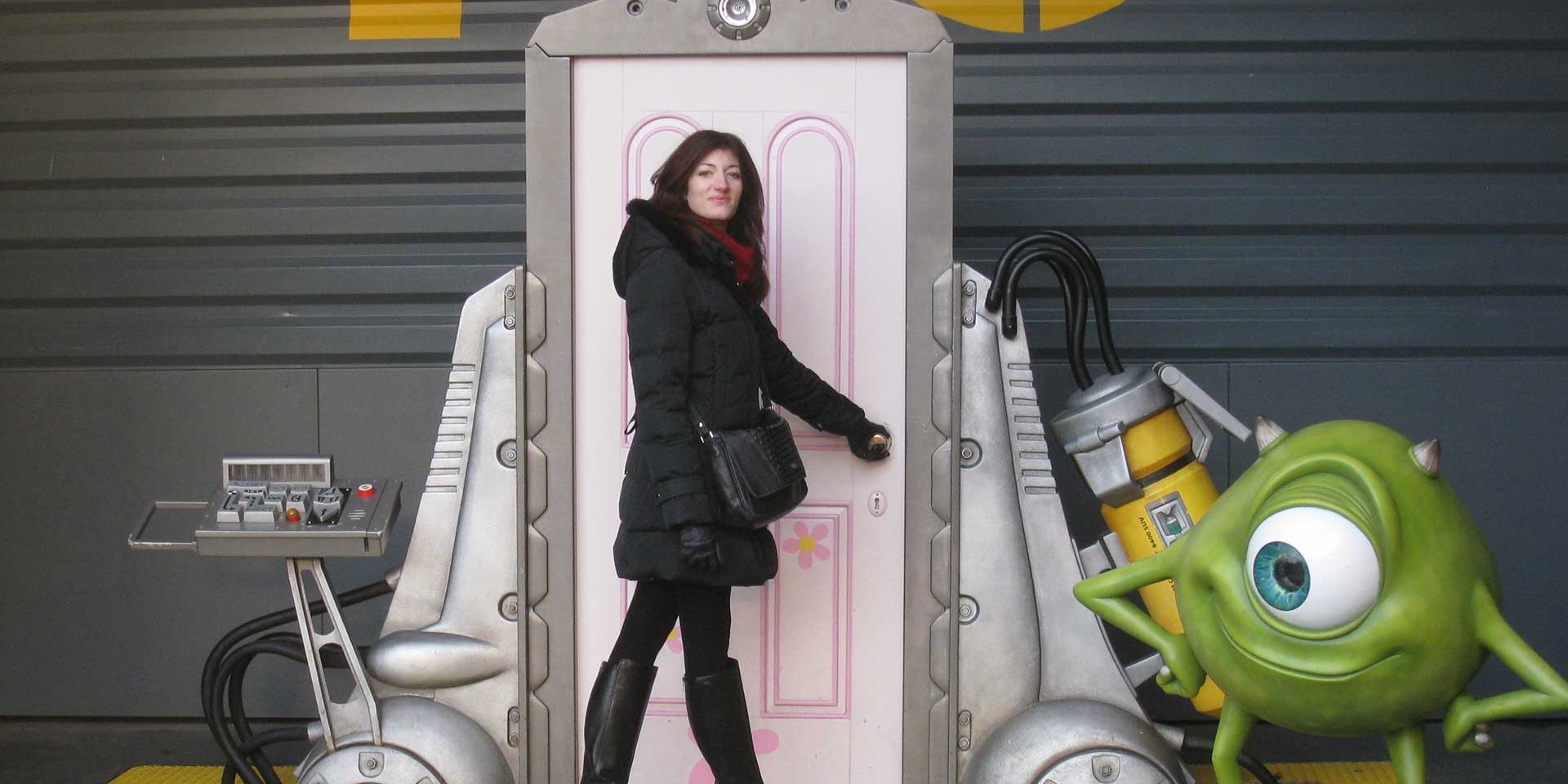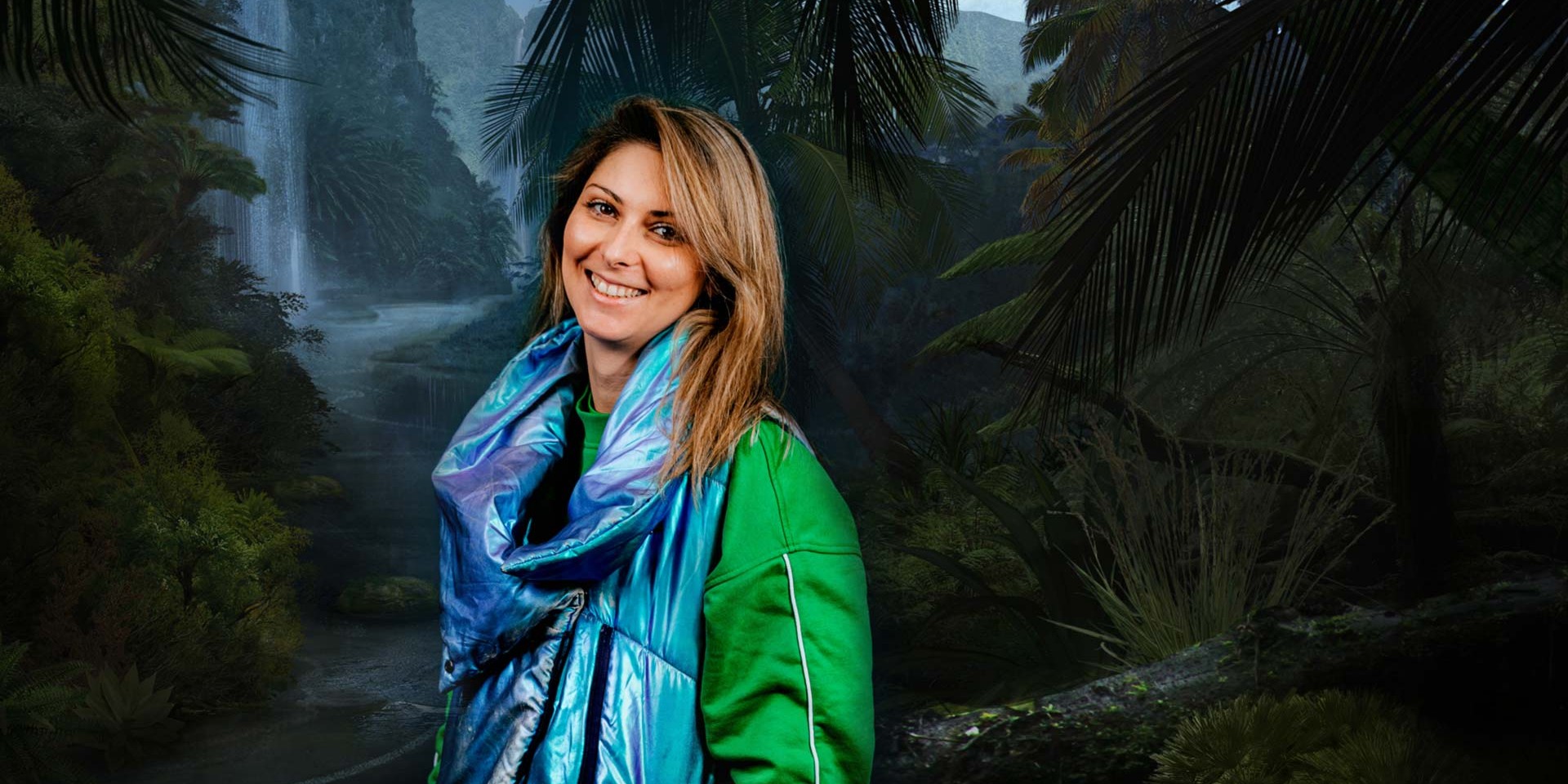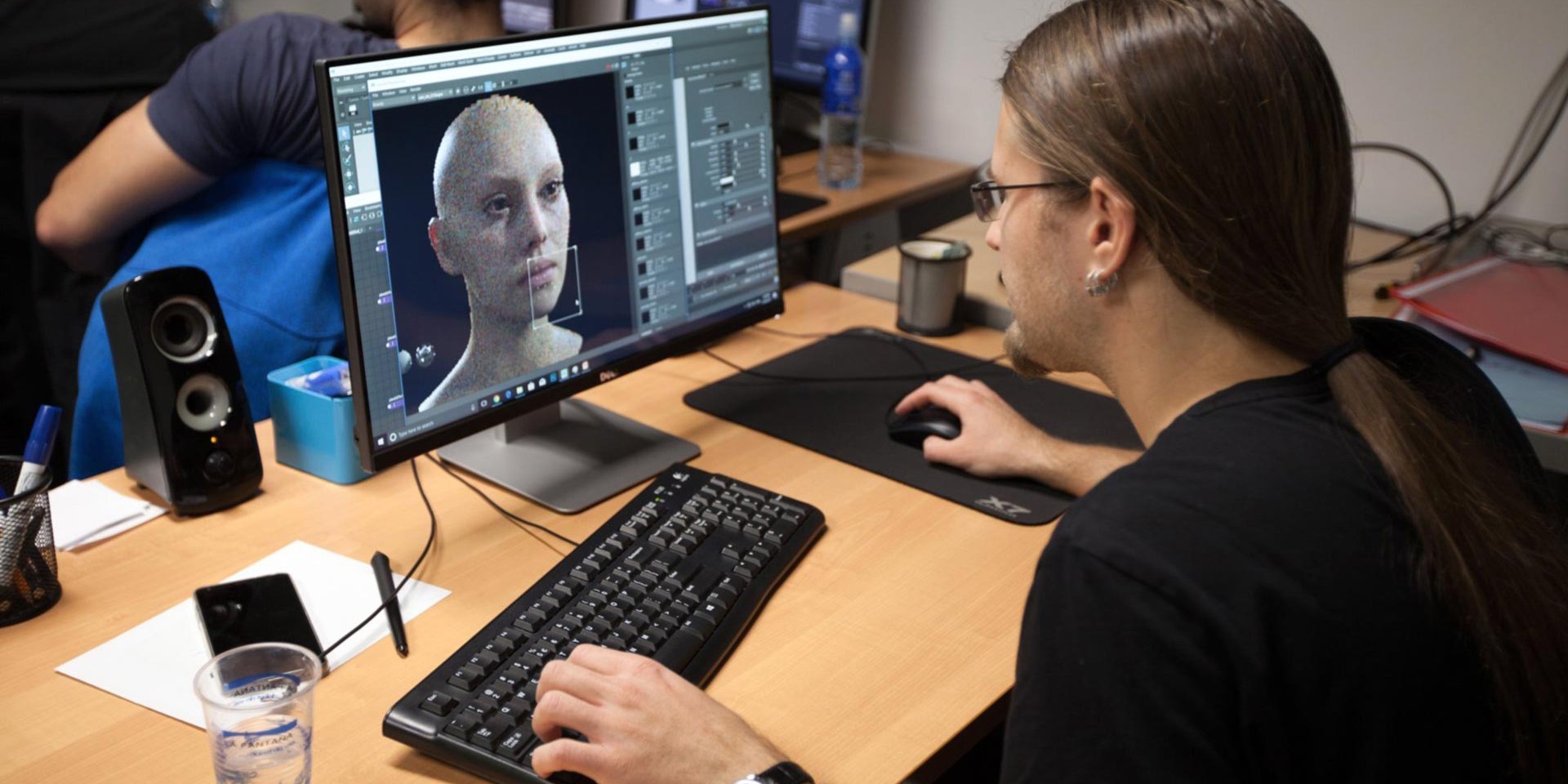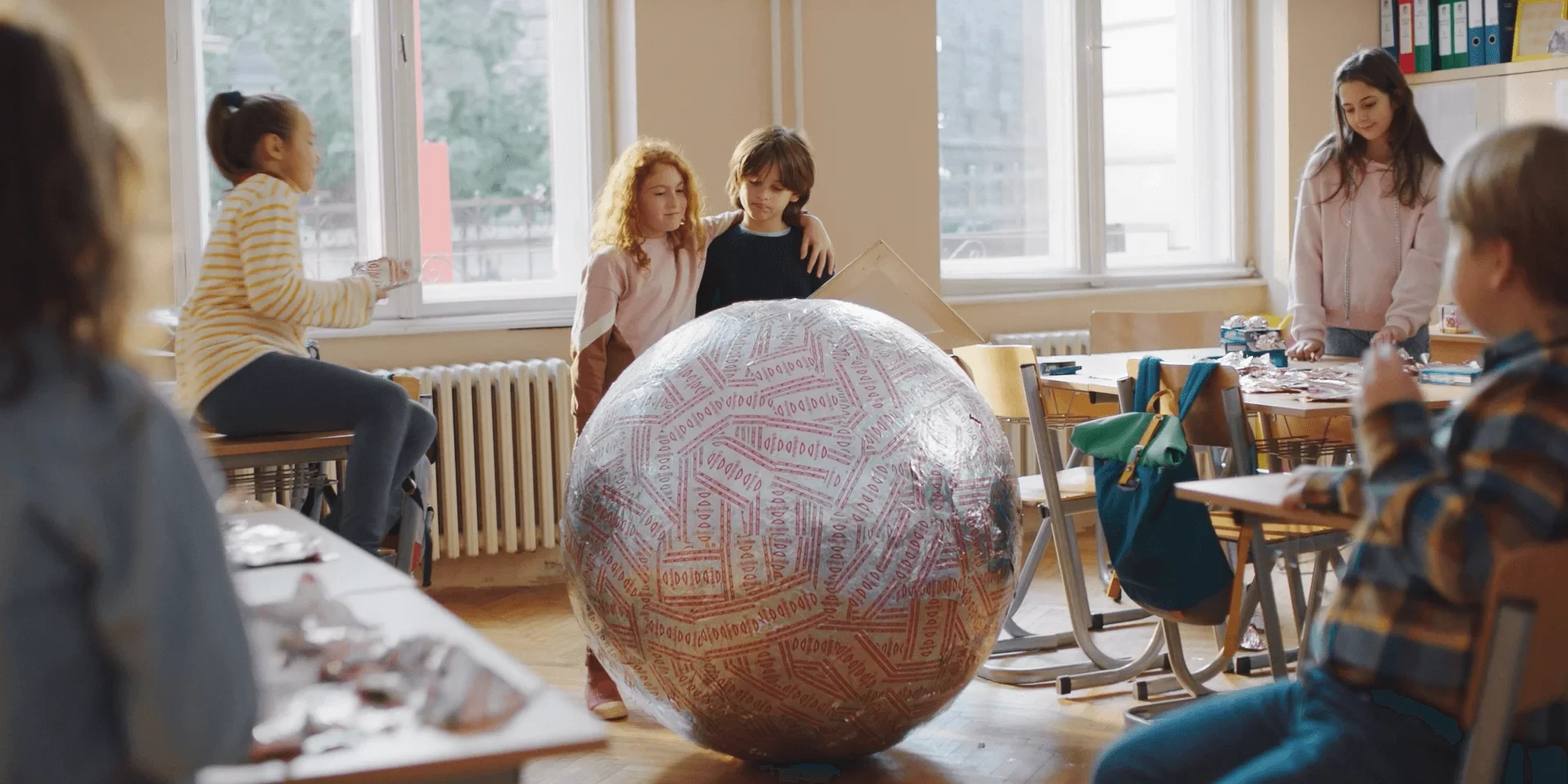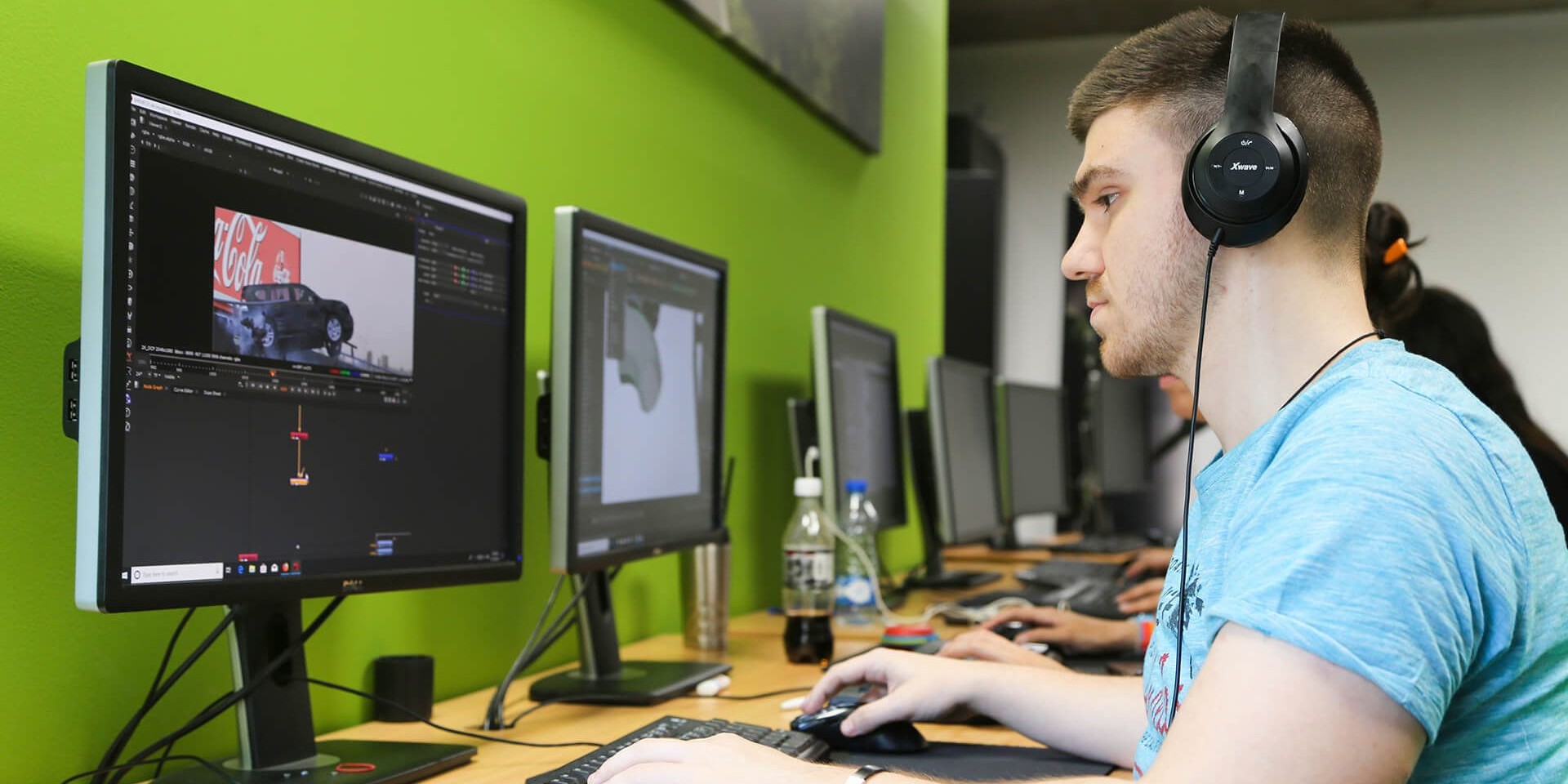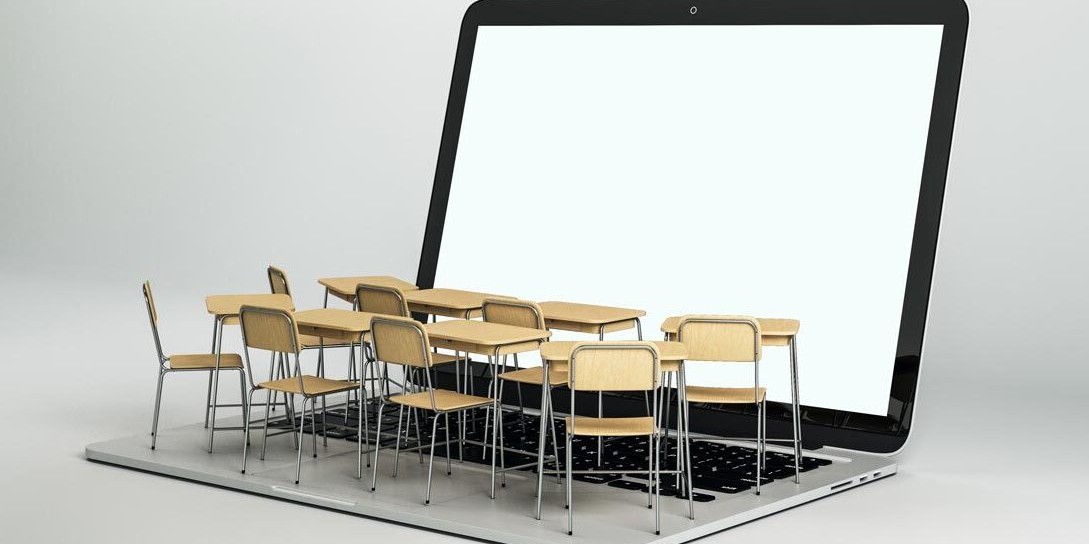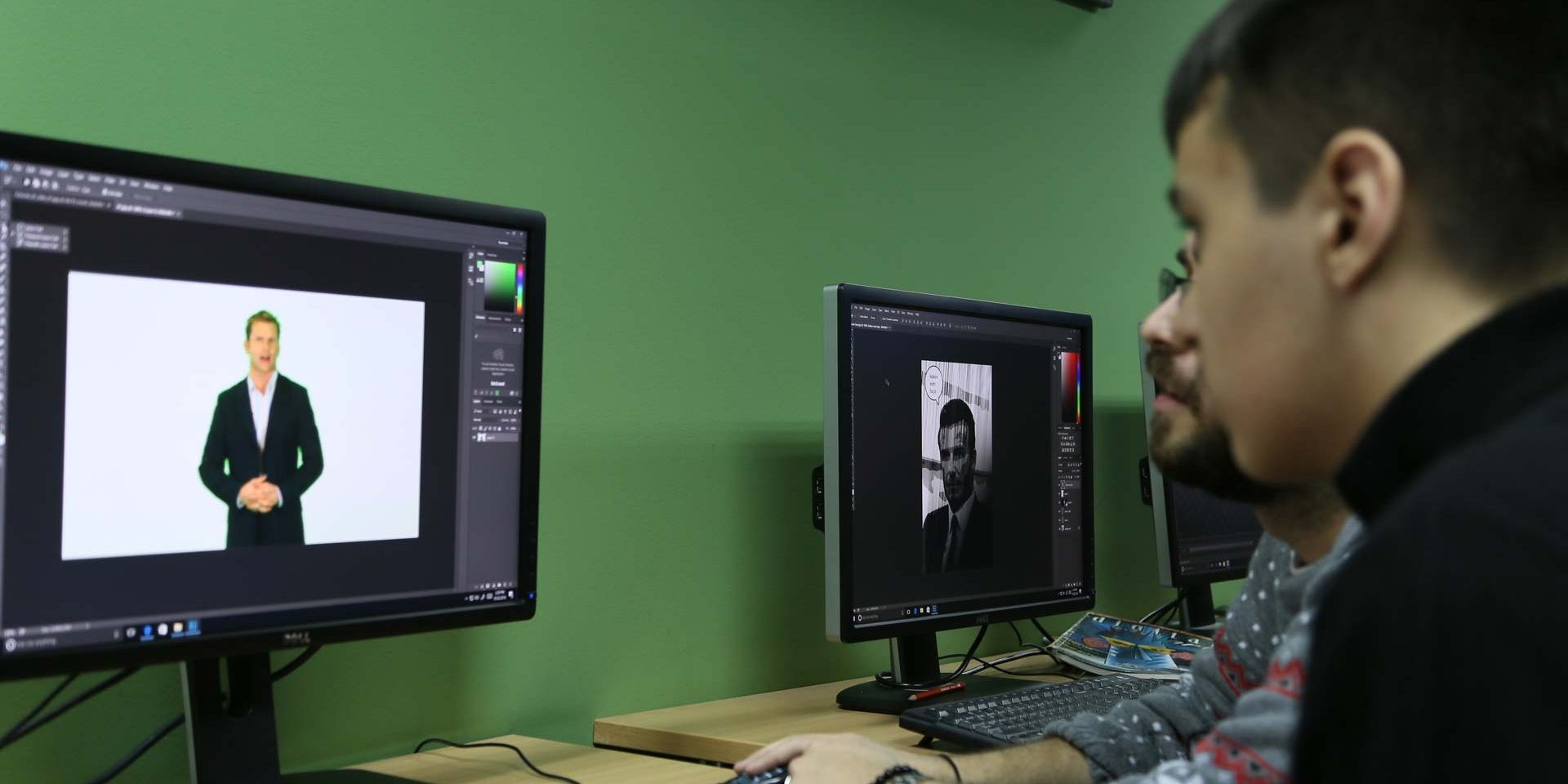Maya vs. Blender: Perpetual Game of Thrones
During the contemporary decade, we have witnessed Blender climb the ranks from freeware for hobbyists to a complex tool worthy of competing with software long-held as industry standards. But the question is, did it reach a high enough level of complexity and capability to be integrated into professional studio pipelines, or does it need more buildup time?
Blender is like a swiss knife of 3D software. We can get from the default cube to a fully modeled and textured environment all with embedded dust, water, or fire particle systems. The same goes for 3D characters. You can complete your digitally sculpted character with hair and clothing simulations, arm him with a quick rig – and violá! The creature is ready for posing and animating. Lighting, visualization, compositing? Blender can do it all.
On the other side, we have Autodesk Maya, an industry juggernaut that doesn’t attempt to fill all the roles in a production workflow but rather aims at being the best at that which he is praised and used for the most – modeling and animation. He is constructed to be a piece of a puzzle with an overarching goal of better fitting the industry pipeline. This pipeline consists of other top-notch software specialized in different creative fields (ZBrush for digital sculpting, Substance Painter for texturing, Nuke for digital compositing, Autodesk Arnold for lighting and materials, Marvelous Designer for cloth simulation, Marmoset Toolbag for rendering and visualization, etc.) They are considered the best of the best, irreplaceable even, just like Maya.

Blender or Maya - who fits easier in a production pipeline?
This leads us to the following question – is higher production quality achieved by using the combination of the aforementioned software or is Blender all that is needed? The answer is yes and no. Using these software will result in increased quality, which is why big-budget studios invest in them in the first place. But if you are a hobbyist using Blender and expect a major jump in quality just because you made a switch to Maya, the solution likely is to increase your skills, not change your working environment. After all, we should strive for perfecting our techniques, not our tools. Practice, determination, patience, and support from the community and mentors are what lead to an impressionable and noticeable improvement in the work quality.
Blender is a phenomenal tool, and there are numerous valid reasons why more and more people are using it. But answering who is better or whether or not will Blender dethrone Maya cannot be done by solely focusing on the tools inside these software. To understand where Maya’s true worth and magic lie, we need to step back and look at the bigger picture.
If you wish to enter the creative industry, acquiring skills in Autodesk and fellow software is inevitable. Maya has been an industry standard for a long strand of years and has been implemented in the majority of studio pipelines, which is the very reason why it is being taught in our essential course for 3D rookies.
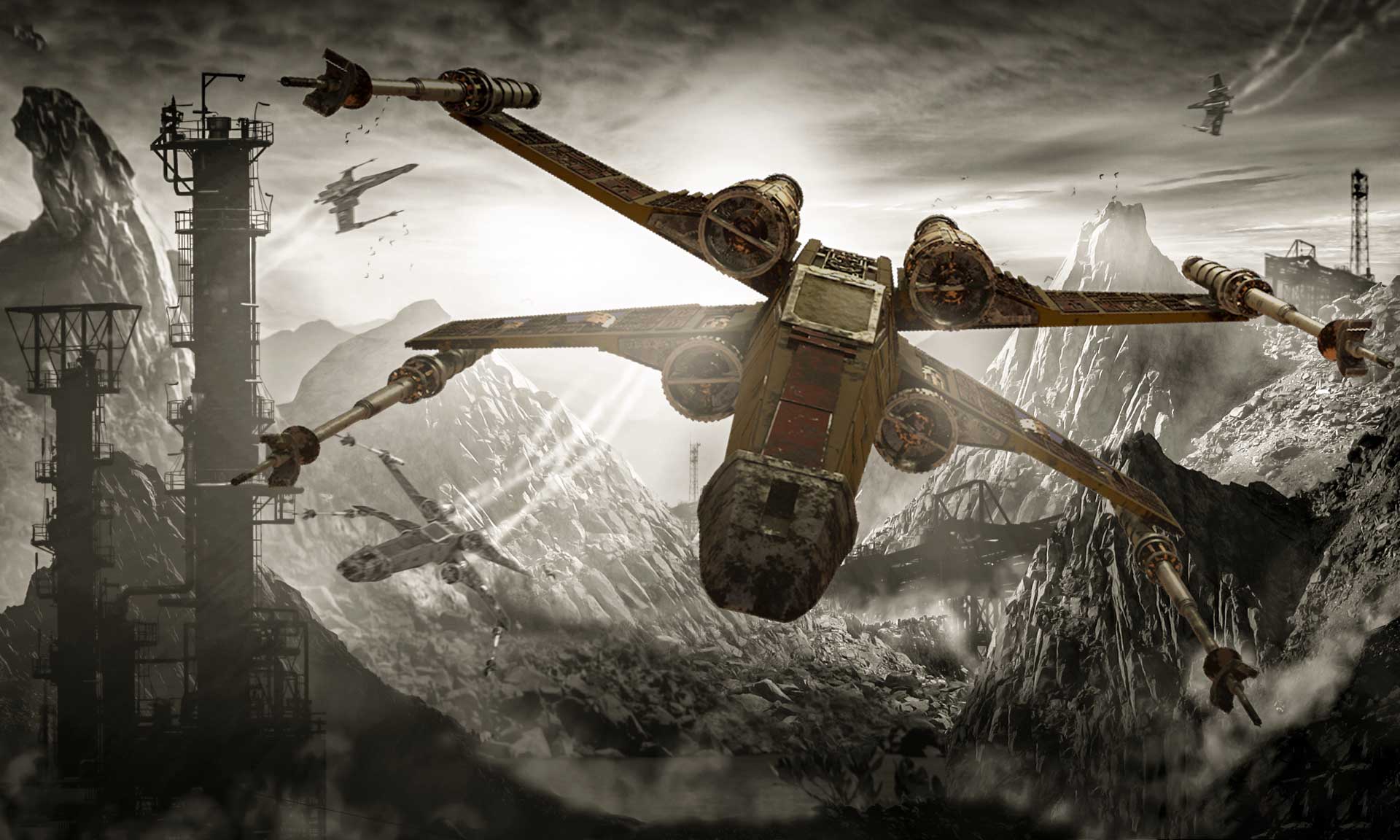
What does this look like from a developer's standpoint?
At first glance, Blender and Autodesk Maya do seem fairly similar, but the truth is, they don’t fill the same roles. Better said, the developers behind these software don’t have the same goal in mind as they are developing.
Many software companies have their teams of engineers designated to program-specific tools and functions needed for a certain studio and/ or project. For instance, Maya at Pixar looks unrecognizable compared to the one used at ILM. An enormous budget and two decades have been poured into creating and perfecting this software to better fit the production’s needs, and companies would be at a big loss to decide to toss it all away and replace it.
On the other side, Blender’s main advantage is that it’s free. For young indie studios and rookies the price plays a major role, and having a tool that can cover most, if not all the steps in the pipeline with a satisfactory quality is useful and effective. It is also worth mentioning the impact of Blender’s user community. There is a plethora of free resources available as well as forums filled with people ready to jump in and help in any way they can, all in hopes of continuing the spirit, values, and goals of Blender – introducing as many people as possible to the world of 3D.
While there are many people too focused on this perpetual power struggle, only a handful of them are aware of the direct influence Blender has had on Autodesk Maya and other software. Blender’s success and impact on the industry are not only impressive but meaningful to the development of other software packages. Companies have been on high alert and are working diligently, now more than ever, to increase their tools in order to sway the masses to their side. Regardless of your stand towards these two tools, the undeniable fact is that the result of this stand-off is the one going to the artist’s favor – which is the improvement of tools we use every day.
In the end, you chose your own career path!
Someone striving to become a professional should learn professional tools used by senior artists (as well as those easily jumping from one tool to another if the company or project requires them to do so). Without software in the likes of Maya and fellow industry standards, it is difficult, if not impossible, to develop a career in the fields of Character or Environment Design for film or video games. This has also been reflected in the current industry demands. If a project has to be completed fast and at a low cost, Blender is the way to go.
At the end of the day, the best tool is the one that the artist knows the best. It is not the pen but the person holding it that matters. This is why all future professionals should strive toward improving their skills more than anything else.
Author: Lorena Ignjatović Ivanović
Editor: Branka Malenica

